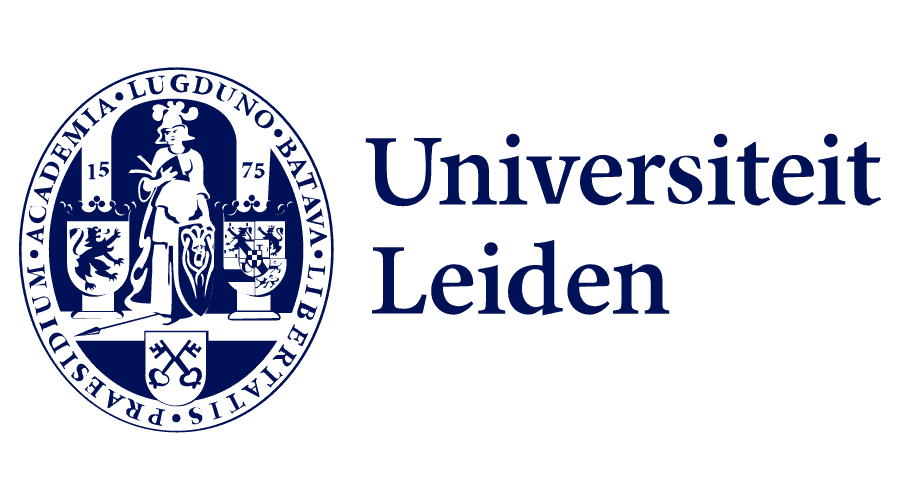| Student |
Thesis |
Content |
| Agustini Quiroz, C. | The Impact of Narrative Choices on Agency in Serious Games | |
| Bossema, M. | Effects of Robot Body Movements on the Adoption of the Intentional Stance | |
| Freni, A. | ANIMALTAINMENT: a Journey Through Animal Images for Aspiring Nature Storytellers | |
| Heijmans, P. | Exploring Relationships Between Political Orientation and Language Use Online in The Netherlands: An Analysis of Comments on Political YouTube Videos | |
| Insing, J. | Thumb-to-Finger Gestural Peripheral Interaction Design for Everyday Smart Home Related Tasks | |
| Isguzar, E. | How Much Do You Blame a Robot That Harms Someone? On the Relationship Between Human-like Appearance of Artificial Agents and the Degree to Which They Are Perceived as an Intentional Agent and Hence Morally Judged | |
| Jong, S. de | Algorithmic Appreciation or Aversion: Does the Representation of an Algorithm Change the Trust Placed in It? | |
| Koch, R. | Losing Yourself: The Bidirectional Influence of the Player and the Role in Table Top Role Playing Games | |
| König, M. | Cascaded Fine-Tuning of Deep Convolutional Neural Networks for Age Estimation From Unconstrained Facial Imagery | |
| Kouwenhoven, T. | Self-Domestication and the Social Brain Hypothesis: a Recipe for Language Development | |
| Ma, S. | Eating Sound Dataset for 20 Food Types And Sound Classification Using Convolutional Neural Networks | |
| Manganello, G. | Consent and the Illusion of Autonomy in EU Data Protection: the Necessary Utopia | |
| Mania, J. | Love in Polish and Dutch: A Cultural-Linguistic Perspective | |
| Mason, C. | Identity and Uncertainty in Social Influence: An Agent-based Approach | |
| Mols, E. | Algorithmic Authority: Motives Behind Relinquishing Decision-making to Artificially Intelligent Systems | |
| Offerijns, J. | Better Distractions: Transformer-based Distractor Generation and Multiple Choice Question Filtering | |
| Peeperkorn, M. | The Maintenance of Conceptual Spaces Through Social Interactions | |
| Preller, M. | Connecting the Unconnectable: Quantifying Pragmatics | |
| Roos, N. | On Being a Scientist with Scientifically Controversial Beliefs: An Exploration of the Experiences and Views of Scientists with Beliefs that are Not Endorsed by a Scientific Consensus | |
| Sahin, A. | The Effect of Solely Descriptive Auditory Route Cues on Navigation Performance of Cyclists | |
| Salvodelli, F. | Smartphone Notifications’ Distractions During a Full-attention Activity | |
| Seyp, V. van de | Album Art: An Exploration of the Potential of Generative Adversarial Networks as Design Tool for Decision-Making and Experiment through Album Cover Artwork | |
| Sommer, K. | Kind Words: How Prosociality Shapes Cross-Modal Language | |
| Spek, S. | Different Instruction Methods for Learning Programming Concepts in Scratch: Testing the Retention of Programming Misconceptions Among Primary School Children | |
| Verzier, A. | Sensing Virtual Space: Perceptual Interaction Between Acoustic and Visual Cues in the Experience and Exploration of a Virtual Room | |
| Waal, M. van der | ‘What’s in a Like?’ Hiding Likes on Instagram and its Effect on Influencer Marketing | |
| Webb, G. | Eat Your Grains: Artificial Ecosystems, Granular Synthesis and Generative Music | |
| Wiegersma, W. | Who Am I? An Explorative Investigation of a Curated Research Method | |
| Williams, V. | Making Science Tangible: Creating Scientific Animations from Cryo-electron Tomography Data of Microbiological Organisms | |
| Wu, J. | Being Creative: a Cross-Domain Mapping Network | |
| Zakas, L. | Artifcial Intelligence Implications for VJing | |
| Zorge, T. | When Computers Should Say They Are Sorry: Adaptive Versus Unconditional Apologeticness | |

